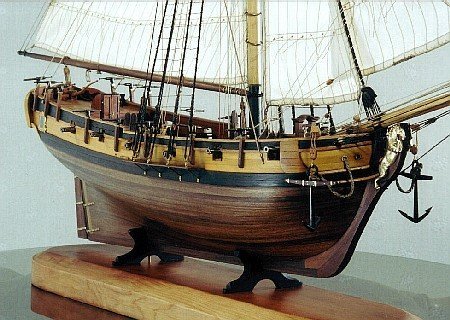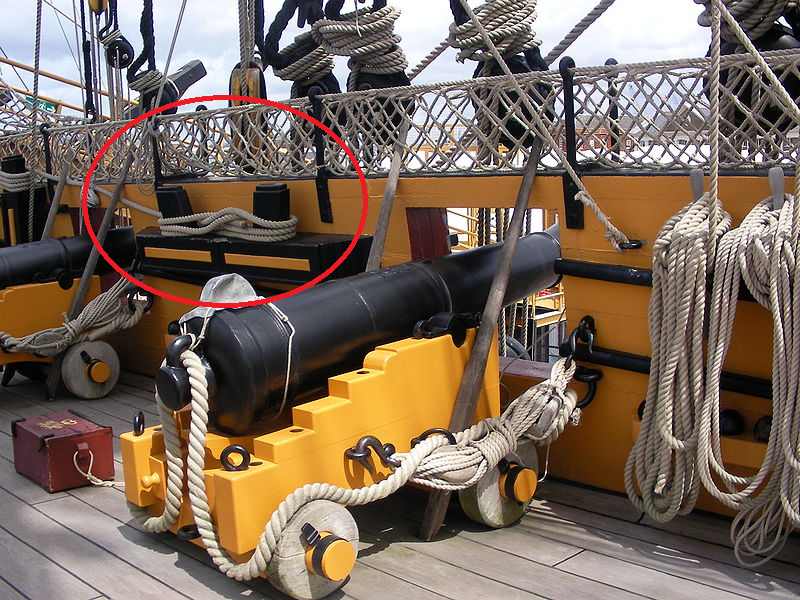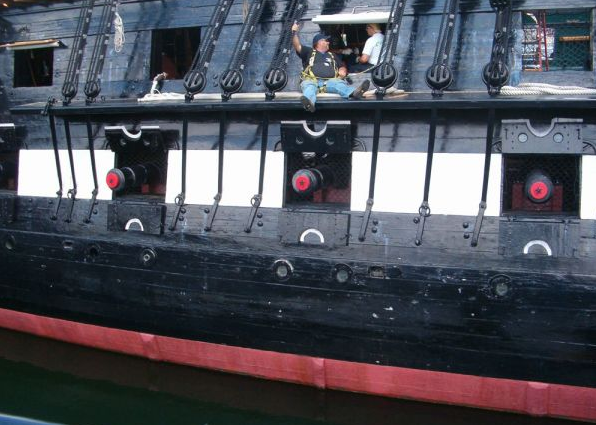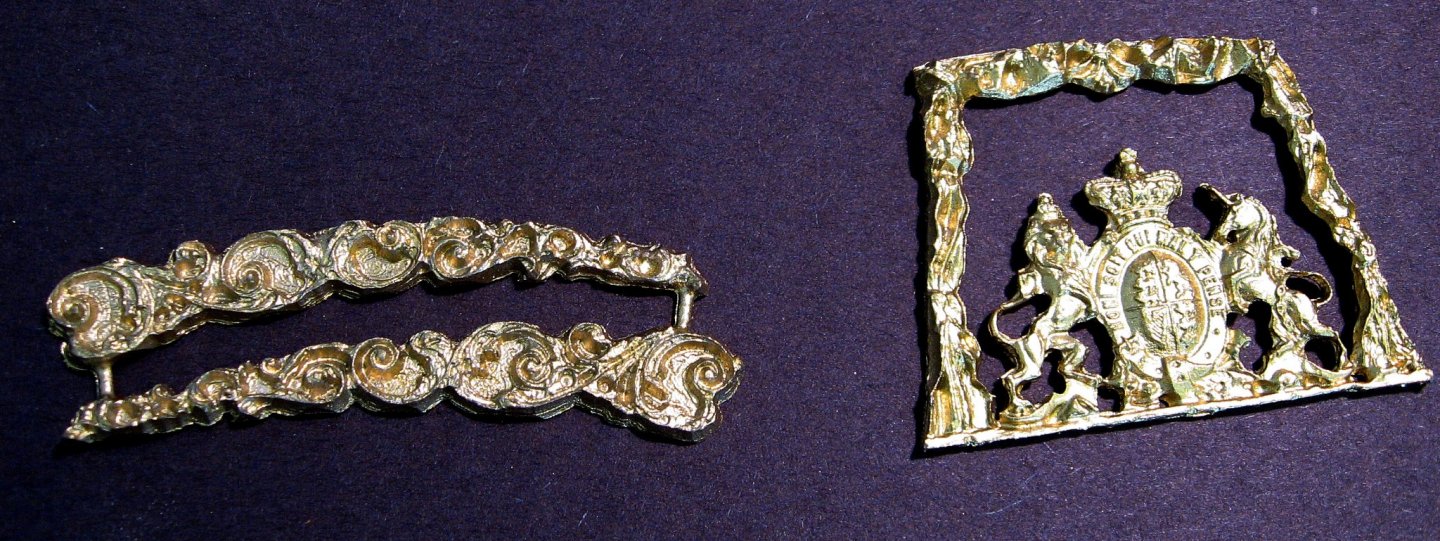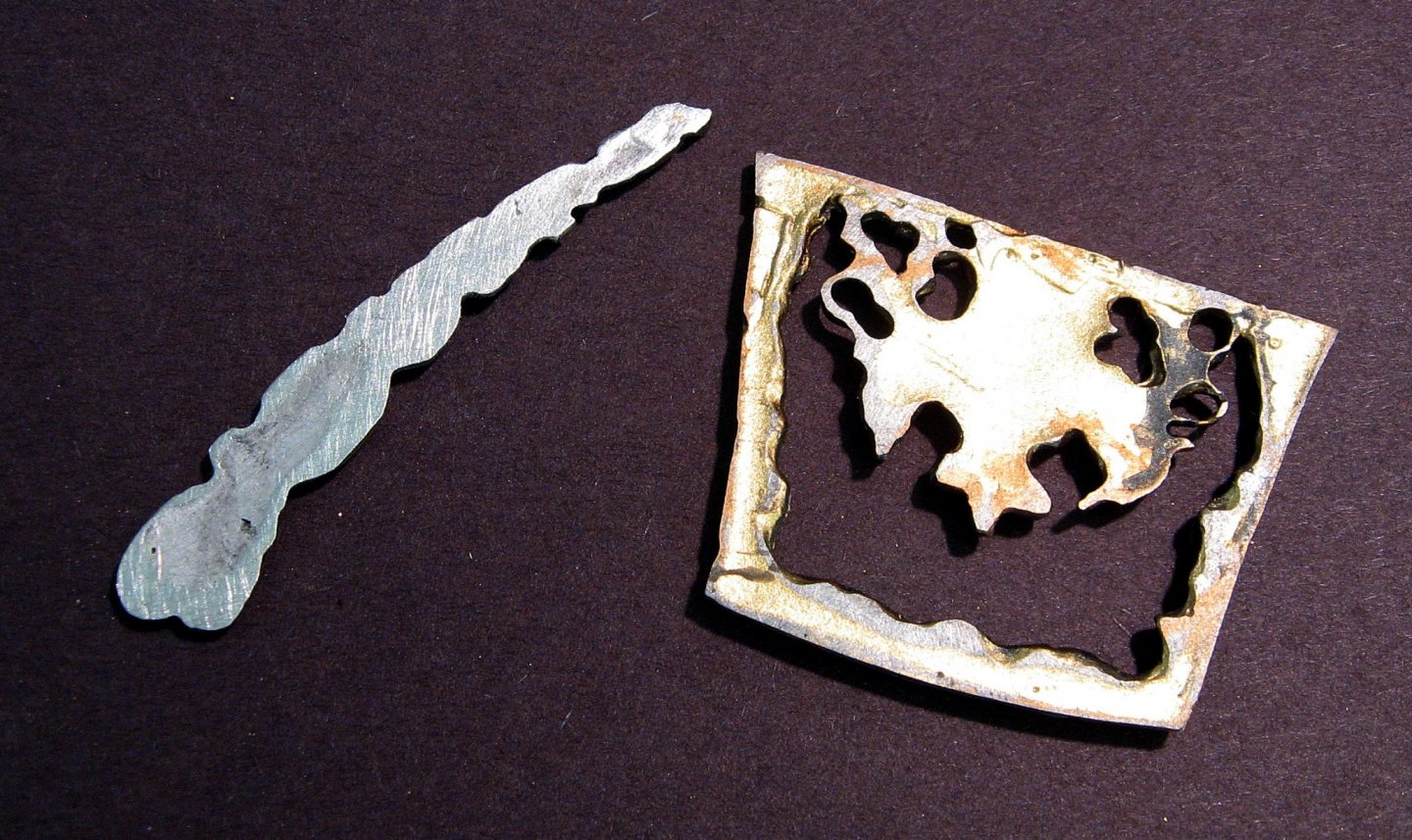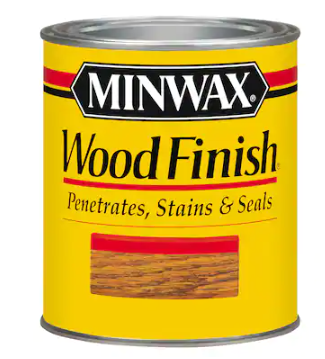-
Posts
3,144 -
Joined
-
Last visited
Content Type
Profiles
Forums
Gallery
Events
Everything posted by Gregory
-
Is there a trick with Zap CA?
Gregory replied to Keithbrad80's topic in Modeling tools and Workshop Equipment
Just curious... Did they have other bottles that were OK? -
Is there a trick with Zap CA?
Gregory replied to Keithbrad80's topic in Modeling tools and Workshop Equipment
The CA on the bottle must stand for the California version. They have all these environmental restrictions that make the glue unusable..😁 Just kidding. Must be a bad bottle.. Why does the color look yellowish, or is that a camera thing? It should be clear.. What about the smell? Will you be able to return it? -
I deleted my earlier post because I saw you had that information. Did you see my last picture?
-
It looks like it would be a short run from the hole to the stag horn. It's hard to understand what you see as the problem. Is this the rope on th actual ship?
-
Great food for thought Chuck.. Another consideration might be whether adding details are reasonable at the scale you are working at. How often have we seen an otherwise beautiful model where the belaying pins look like bowling pins, or the ratline clove hitches scale to the size of grapefruit ?
- 1,784 replies
-
- winchelsea
- Syren Ship Model Company
-
(and 1 more)
Tagged with:
-
A little bit of silicone caulk/adhesive on the base of the mast will give you a flexible non permanent joint..
-
That sounds like something to keep in mind for the next kit. I have never seen a kit include a square step, or instructions for squaring the base of the mast, but it would be easy to do.
-
Great model! It would serve well as the box art and other promotional material for the kit..
- 356 replies
-
- red jacket
- finished
-
(and 1 more)
Tagged with:
-
How to stain or dye boxwood?
Gregory replied to tkay11's topic in Painting, finishing and weathering products and techniques
I might add that I didn't soak them very long. I also prefer the darker blocks seen on contemporary models, but that may have more to do with age ( of the model, not me ) than how the block was prepared.... While I am on the subject of age, I will say I don't want to wait 200+ years for my blocks to darken.. 20 Will be pushing it.. -
Le Coureur by PC52 - Mamoli - 1:54
Gregory replied to PC52's topic in - Kit build logs for subjects built from 1751 - 1800
I used something like 80 grit sand paper. I laid the paper flat, and rubbed the piece over it.. I don't think I had a disk sander at the time, so I think I would use that to some extent today.. Here is an example of some of the pieces on my Mary. -
How to stain or dye boxwood?
Gregory replied to tkay11's topic in Painting, finishing and weathering products and techniques
@ jaager What about companies such as Minwax, who claim their products " penetrate " ? Their products are marketed as "stains".. Same for Varathane and other brands. I have used these stains on thin ( 1/32, 1/16 ) sheets, and it shows up on the other side where I did not brush it.. We may be quibbling over the proper definition of the word, which manufacturers are using improperly. Pedantry aside, I think when most members here talk about stains, it is these popular products they are referring to. I have found that Chuck's blocks don't take a stain very well, depending on the lot. -
That was back before they had to put a sticker on it that said " Don't use this in the bath tub..
-
This amounts to a tutorial on how to detail the bow and head of any number of ships.. I will be coming here often for reference. You may be giving away too many secrets..
- 1,784 replies
-
- winchelsea
- Syren Ship Model Company
-
(and 1 more)
Tagged with:
-
The appropriate size would be actual block size divided by 120 or 130.. So an 8 inch block would be 1.6 - 1.7 - mm. I'll try to find a recent discussion about very small blocks.. At this scale you are talking about little bits of plastic or whatever to simulate blocks..
-
I think it's a matter of " what looks good to you.. Google " images of belaying pins ".. You will see a lot of nice coils..
- 436 replies
-
- vanguard models
- alert
-
(and 1 more)
Tagged with:
-
Looking very nice. On those tie off's, keep them simple and cover with coils.. I like this example provided by SpyGlass Maybe not as much volume, but go for the look..
- 436 replies
-
- vanguard models
- alert
-
(and 1 more)
Tagged with:
-
It is a type of walnut from Africa. Not usually as dark as American or European walnut. I would be reluctant to say it is a particular color, and you end up with something different. It should be as easy to work as walnut or cherry.. The grain is usually finer than American or European walnut. Are you planning on using shorter planks, rather than going from stem to stern, as a lot of kits suggest? FWIW I have used these 1/32 basswood sheets from Model Expo to make my own strips which gives you more options for varying your plank width. You can also stain it to get the color you want. My experience has been that these sheets were very good quality.
-
I use CA a lot. Mostly anywhere it is not very small pieces. I used it for planking with veneer on my current Resolution kit project I used to avoid it because I had trouble managing overflow at edges. Then I learned to keep a swab and acetone close by, and have learned it's pretty easy to keep mistakes cleaned up.
About us
Modelshipworld - Advancing Ship Modeling through Research
SSL Secured
Your security is important for us so this Website is SSL-Secured
NRG Mailing Address
Nautical Research Guild
237 South Lincoln Street
Westmont IL, 60559-1917
Model Ship World ® and the MSW logo are Registered Trademarks, and belong to the Nautical Research Guild (United States Patent and Trademark Office: No. 6,929,264 & No. 6,929,274, registered Dec. 20, 2022)
Helpful Links
About the NRG
If you enjoy building ship models that are historically accurate as well as beautiful, then The Nautical Research Guild (NRG) is just right for you.
The Guild is a non-profit educational organization whose mission is to “Advance Ship Modeling Through Research”. We provide support to our members in their efforts to raise the quality of their model ships.
The Nautical Research Guild has published our world-renowned quarterly magazine, The Nautical Research Journal, since 1955. The pages of the Journal are full of articles by accomplished ship modelers who show you how they create those exquisite details on their models, and by maritime historians who show you the correct details to build. The Journal is available in both print and digital editions. Go to the NRG web site (www.thenrg.org) to download a complimentary digital copy of the Journal. The NRG also publishes plan sets, books and compilations of back issues of the Journal and the former Ships in Scale and Model Ship Builder magazines.

